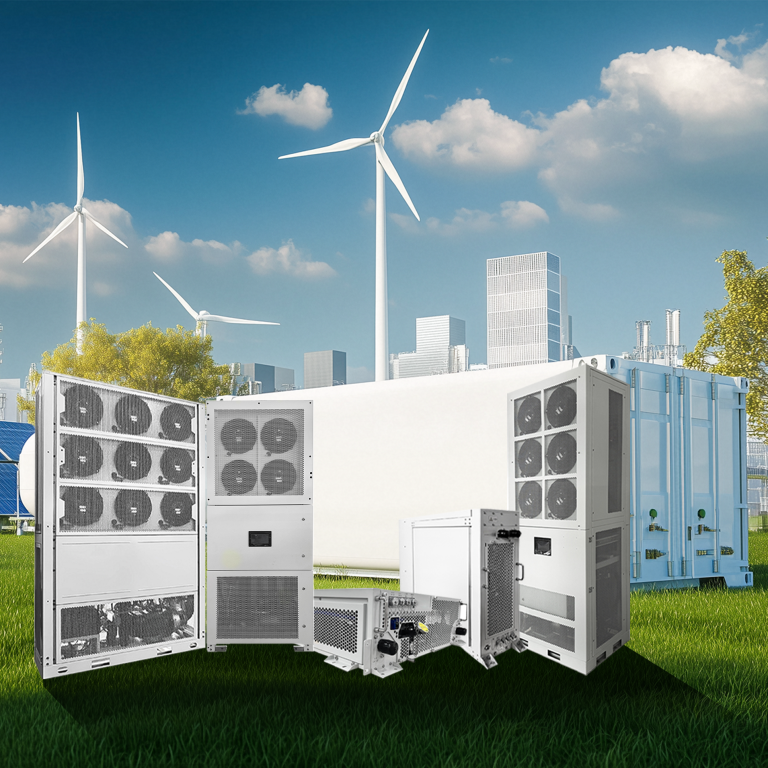Effective cooling solutions are vital to high-performance device design in the rapidly advancing landscape of computer hardware. Side-mounted liquid cooling technology makes use of ethylene glycol circulation to cool and incorporates efficient heat exchangers. Side-mounted liquid cooling technology makes use of ethylene glycol circulation to cool and incorporates efficient heat exchangers. This technology ensures efficient cooling and reliable safety, without any freeze risks.
- Ethylene Glycol Circulation Cooling
Choose ethylene glycol circulation cooling for your high-performance device needs.
Superior Properties of Ethylene Glycol. The choice to use ethylene glycol as a refrigerant is deliberate. Its exceptional thermal properties enable optimum performance in low-temperature surroundings, ensuring the efficient operation of the whole liquid cooling system. Additionally, ethylene glycol possesses anti-freeze properties, which effectively prevent freezing issues in cold environments, thus providing a dependable environment for computer hardware.
- The Principle of Circulation Cooling
By circulating ethylene glycol solution, the liquid cooling system mounted on the side rapidly and evenly absorbs and transfers the heat generated by the hardware, reducing temperatures and boosting device performance and stability.
- Key Role of Efficient Heat Exchangers
Heat Exchanger Design. The heat exchanger is at the heart of the entire system, integrated into the side-mounted liquid cooling system to ensure high efficiency. Its unique design allows the liquid cooling medium to rapidly contact the hardware, absorbing and dissipating heat energy effectively. By improving cooling performance and reducing the system’s demand for cooling medium, it also contributes to energy savings.
- Superior Heat Exchange Performance
An efficient heat exchanger can swiftly cool the system during high loads and effectively maintain a stable temperature when the hardware load decreases. This adaptability makes the side-mounted liquid cooling system ideal for diverse usage scenarios, offering users a more dependable cooling solution.
- Guarantee of No Freeze Risk
Application of Anti-Freeze Technology
The anti-freezing properties of ethylene glycol provide a unique advantage to the side-mounted liquid cooling system. In cold environments, the system can operate stably without the need for additional anti-freeze measures, allowing for greater usability in extreme environmental conditions.
- Safe and Reliable Cooling Solution
Compared to conventional air cooling, the liquid cooling system mounted on the side avoids the risk of freezing, which in turn decreases the possibility of hardware malfunctions. This dependable and secure cooling option guarantees users a stable and long-lasting computer utilization experience.
Side-mounted liquid cooling technology, which revolves around ethylene glycol circulation cooling and is equipped with high-efficiency heat exchangers, offers unparalleled cooling benefits for high-performance computer systems. As technology advances, side-mounted liquid cooling systems are expected to become increasingly vital in computer hardware design.





